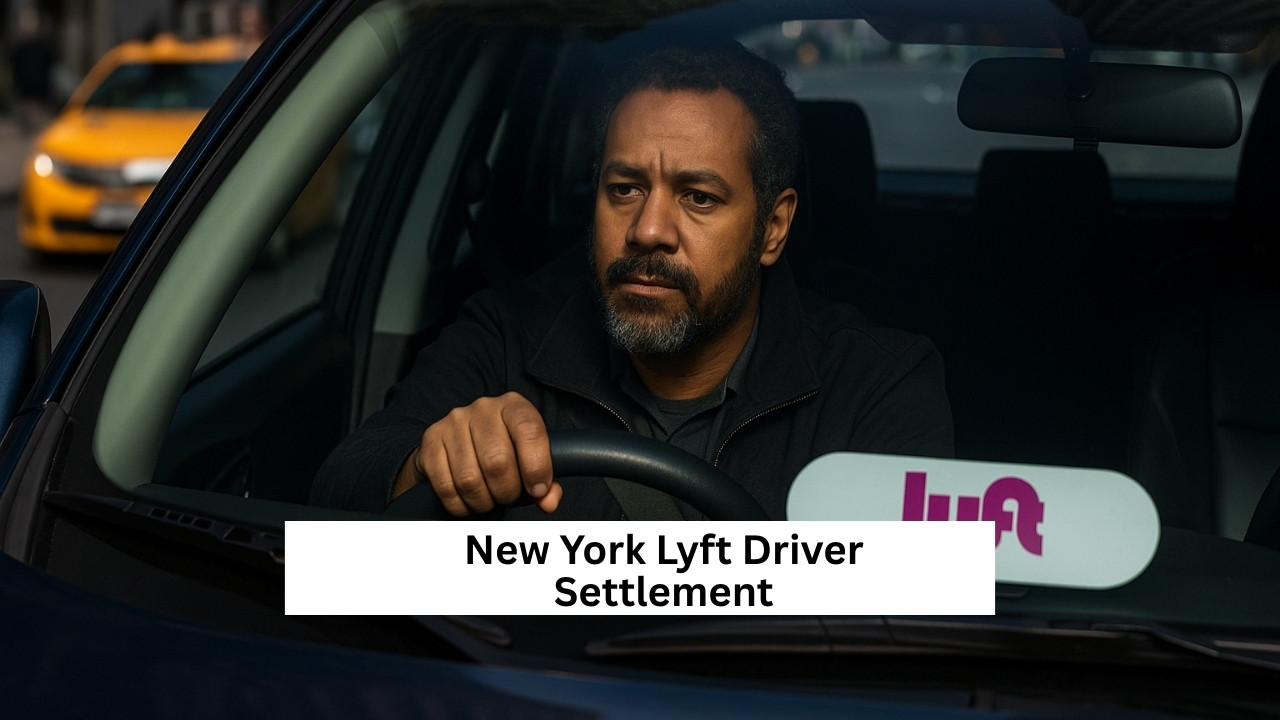In a major legal breakthrough for gig workers, the New York Attorney General’s Office announced a $38 million settlement with Lyft in November 2023. This settlement addresses long-standing complaints from drivers who alleged the company unfairly deducted New York sales taxes and Black Car Fund fees from their paychecks, covering the period from October 11, 2015, to July 31, 2017. With the settlement finalized, thousands of current and former Lyft drivers are eagerly waiting for the disbursement of funds.
The settlement comes at a time when scrutiny over gig economy companies is increasing, especially regarding their treatment of independent contractors. Although Lyft has denied any wrongdoing, the company agreed to the settlement terms, marking a significant win for drivers and a moment of accountability for the ride-hailing industry. Importantly, the claim deadline has been extended to January 31, 2025, giving drivers additional time to secure their rightful compensation.
Beyond the direct payments, the settlement introduces forward-looking benefits such as guaranteed sick leave and a minimum wage outside New York City, signaling not just redress for past harm but also meaningful reforms for the future. This article provides a deep dive into the legal background, driver eligibility, the compensation process, and the broader implications of the settlement.
The Legal Dispute Behind the Settlement

The legal action, spearheaded by Attorney General Letitia James, focused on Lyft’s practice of deducting two types of costs from drivers’ pay:
- New York Sales Tax
- Black Car Fund Fees
According to the Attorney General’s Office, these costs were supposed to be borne by passengers, not drivers. By shifting the burden, Lyft allegedly deprived drivers of rightful wages and denied them access to worker protections tied to gross pay, such as sick leave entitlements.
The broader significance of this case lies in its message to the gig economy: wage transparency and proper tax handling are non-negotiable, even in flexible, app-based work arrangements. For drivers who operated during the affected period, this settlement represents not just financial relief but also a restoration of labor rights they were once denied.
Who Is Eligible and What Do They Get?
The settlement is specifically targeted toward:
- Lyft drivers who used the app in New York between October 11, 2015, and July 31, 2017
- Drivers who experienced wage deductions for New York sales tax and Black Car Fund fees
- Both current and former drivers, provided they drove during the qualifying period
Under the settlement, eligible drivers will receive payments based on the number of rides they completed and the amount deducted during the settlement window. Lyft has provided the necessary ride data to the settlement administrator, who will calculate the proportional payout per driver.
Key Financial Terms of the Settlement
| Settlement Element | Details |
|---|---|
| Total Settlement Amount | $38 million |
| Affected Time Period | Oct 11, 2015 – July 31, 2017 |
| Calculation Basis | Number of rides and deductions during the period |
| Deadline for Claim Submission | Extended to Jan 31, 2025 |
| Finalization Date | November 1, 2023 |
| Current Status | Awaiting payment release after claims review |
Benefits Beyond Payments: New Protections for Drivers
While the settlement offers immediate financial compensation, it also enforces structural improvements that benefit drivers moving forward. These include:
- Guaranteed Paid Sick Leave: Drivers now earn paid sick leave under New York labor law.
- Minimum Wage Outside NYC: Lyft must pay at least $26 per hour for active driving time outside New York City.
- Paid Training: Drivers are eligible for payment for up to one hour of training time.
- Improved Access to Support: Additional measures ensure drivers can access operational and resource support.
These changes reflect a major shift in Lyft’s obligations toward its workforce, signaling a more robust framework for gig worker protections.
Timeline and Claims Process for Drivers
While the claim submission window has now closed, the general process followed by claimants included these key steps:
- Check Eligibility: Confirm ride activity within the defined period.
- Submit Claim Form: Provide accurate details and driver ID by the deadline.
- Attach Documentation: Submit any requested proof or records.
- Wait for Verification: Allow the settlement administrator to process the claim.
- Receive Payment: Await payout after final claims review and calculation.
Impact on the Broader Gig Economy
This case holds broader implications beyond the immediate payout. For the gig economy, it underscores a few key takeaways:
- Legal Compliance Is Essential: Companies must adhere to local wage and tax laws, or face costly consequences.
- Worker Protections Are Expanding: Governments are increasingly stepping in to secure benefits for app-based workers.
- Transparency Builds Trust: Fair handling of deductions, wages, and benefits improves long-term worker satisfaction.
For drivers, the settlement reinforces that even in flexible, app-based work, their rights matter — and when violated, they can pursue meaningful legal remedies.
The New York Lyft driver settlement marks a turning point in the ongoing struggle to balance flexibility and fairness in the gig economy. With $38 million allocated for past wage deductions and newly established worker protections, the settlement delivers both compensation and structural change.
As drivers await the final release of payments, the case serves as a powerful reminder that legal accountability remains central to protecting gig workers’ rights. Moving forward, it may inspire similar actions in other states and sectors, reshaping the landscape of app-based work in the U.S. and setting new benchmarks for fair treatment in the evolving digital labor market.